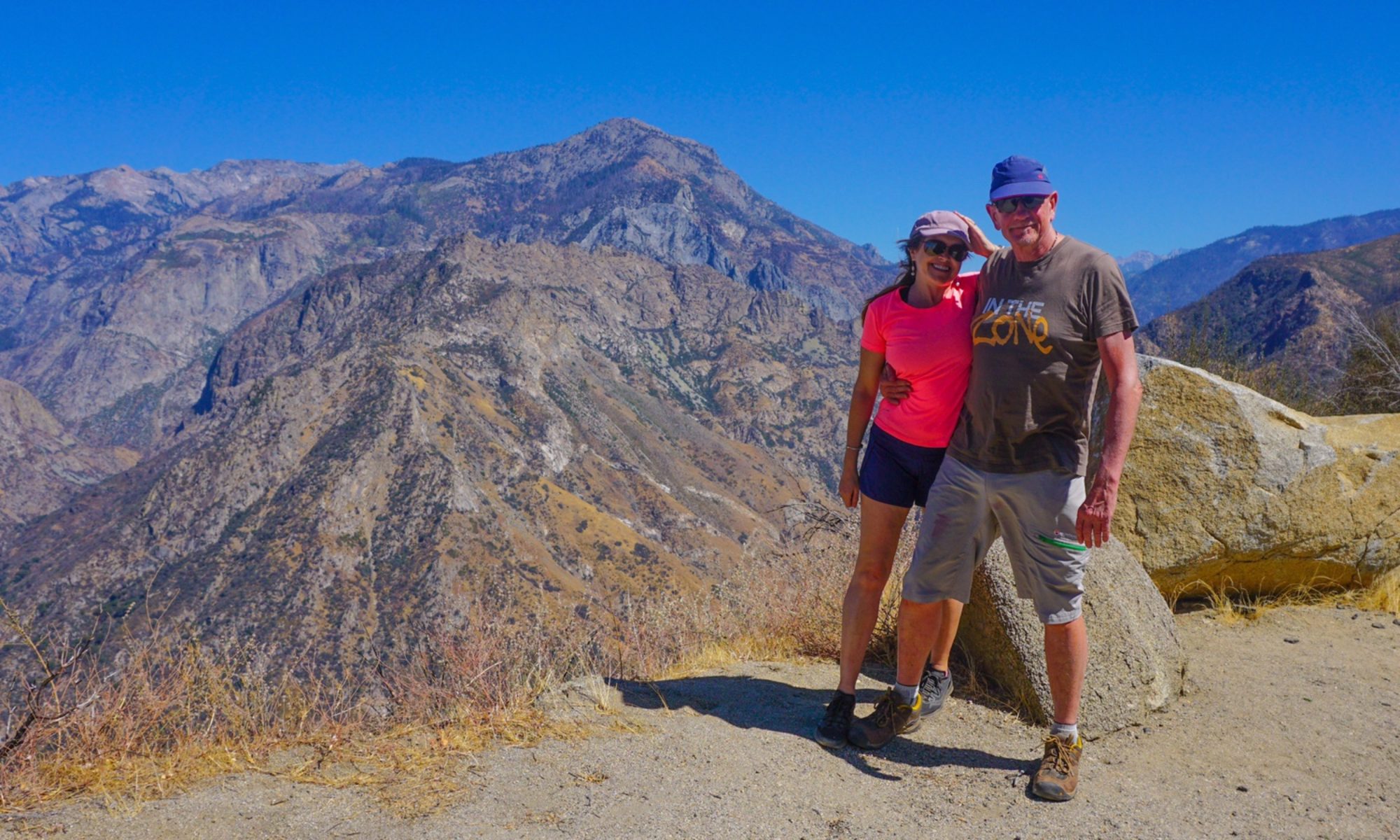Author: Mrs A
Location: Bayeux and Longues-sur-mer, Normandy, France
Growing up in Hastings, in the south-east of the UK, it was hard to avoid mentions of the battle. In fact I have to say that all my life , when asked where I grew up, I tend to answer ‘Hastings, as in the battle-of, 1066’. It seems there are few people in the world who havent heard of the famous arrow-in-the-eye end of King Harold and the subsequent taking of the throne by King William.
During the 1980s, the mascot of Hastings was even ‘Harold the Hamster’, a cute furry character in Saxon clothing…I wonder what happened to him. Google seems to have no answers on that count…
The Bayeux Tapestry was all but a mythical item, we knew it existed, way across the waters in France, but were unlikely to see it. Instead we had the Hastings Embroidery, commissioned in 1966 to commemorate 900 years since the battle, and depicting scenes throughout British history since 1066. I remember seeing that in the town hall, wondering at the hours of work involved and the stories it involved. But it wasn’t the tapestry.
So today was the day. We drove to the little town of Bayeux, half way up the Normandy coast, inland from where the D-Day landings took place during WWII. We wound our way through the town’s old cobbled streets, dominated by the huge cathedral (consecrated in 1077, eleven years after the battle), where the tapestry was shown for two weeks every year for several centuries.
Today the nearly thousand year old tapestry is stored in a museum, carefully preserved under special lighting and atmospheric conditions. No photography is allowed, but to give you a feel there are some reproduced tapestries for sale in the gift shop.

So, according to the French, the story goes like this…
There once was an Anglo-Saxon king of England called Edward the Confessor. He had no children and was reaching his last days and so had to choose a successor as king. He decided that his distant Norman cousin, William should be the next king of England, and so his brother-in-law Harold was sent over to France to give William the good news.
Once Harold got back to England and King Edward died, Harold decided that he should in fact be king, and announced it, supported by the noblemen. He was crowned and enjoyed a few peaceful months on the throne.
Meanwhile, William was a bit miffed about this and got his people building and preparing boats, horses and supplies to take across the channel to contest the throne.
By October they were ready and headed off across the English Channel, landing on Pevensey beach. They did a little pillaging of the peasants there and enjoyed a good feast in preparation for a fight. English spies ran to Harold and told him William had arrived, and so he got his armies ready.



There was a bloody and violent battle, with massive losses on both sides, but on 14 October 1066 King Harold was slain. According to the tapestry this was from an arrow which fell from above (perhaps a reference to the hand of God) and into his eye, but other records suggest his death was by sword rather than arrow. Two months later, on Christmas Day, WIlliam the Comquerer was crowned king of England.
Not in the tapestry, but incidentally King William ruled for 21 years until his death aged 59, falling off a horse. His third son William (the second) then took the throne.
So basically the tapestry was publicity to spread the word to the peasants in Normandy that England was theirs for the taking and depicting how powerful the Normans are. Most of the peasants couldn’t read or write, so pictures needed to tell a thousand words, and indeed they did. We can only assume there is some ‘fake’ news in the tapestry to make it a good story…after all, history is in the hands of the teller.



A quick look into the cathedral on the way back to Truffy and we were on our way to camp for the night, just a short drive away.
We pulled up on the clifftop at Longues-sur-mer along with one or two other campers, enjoying the fresh sea breezes and amazing views along the coast.

This coast, while beautiful and peaceful today experienced much violence in the Second World War, when the area was occupied by Nazi Germany. There remains much evidence around, with huge gun emplacements just behind where we camped and remains of the Atlantic Wall, built as a defence against the Allied Forces.

We did a lovely 8km evening walk before settling down for the night.



